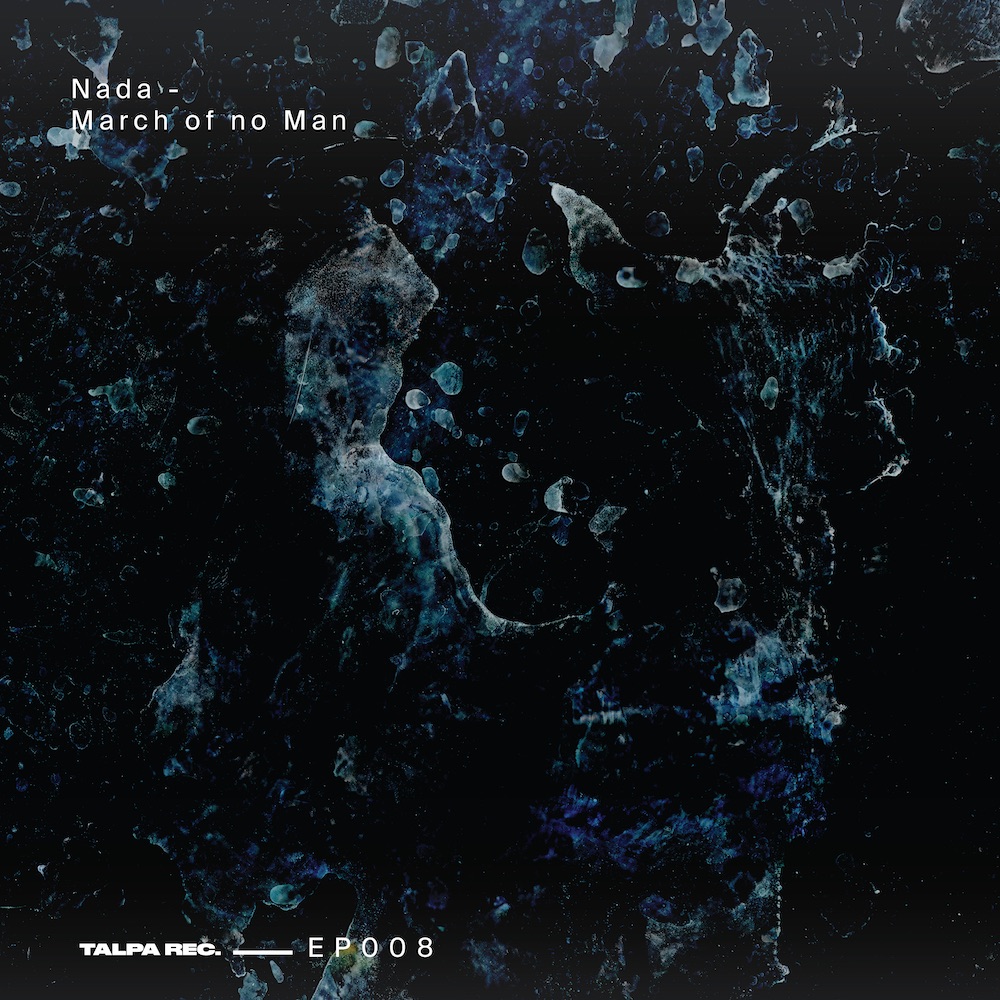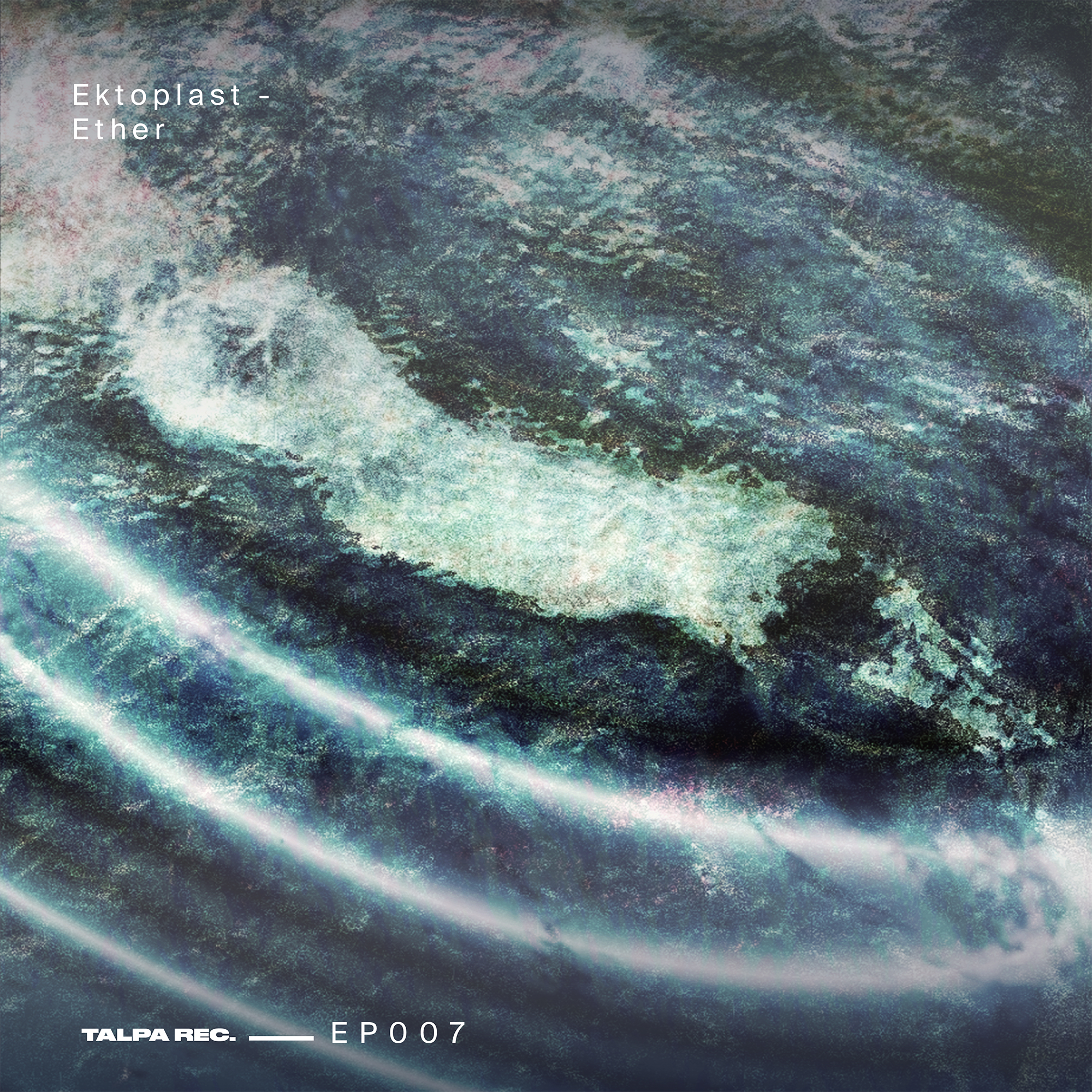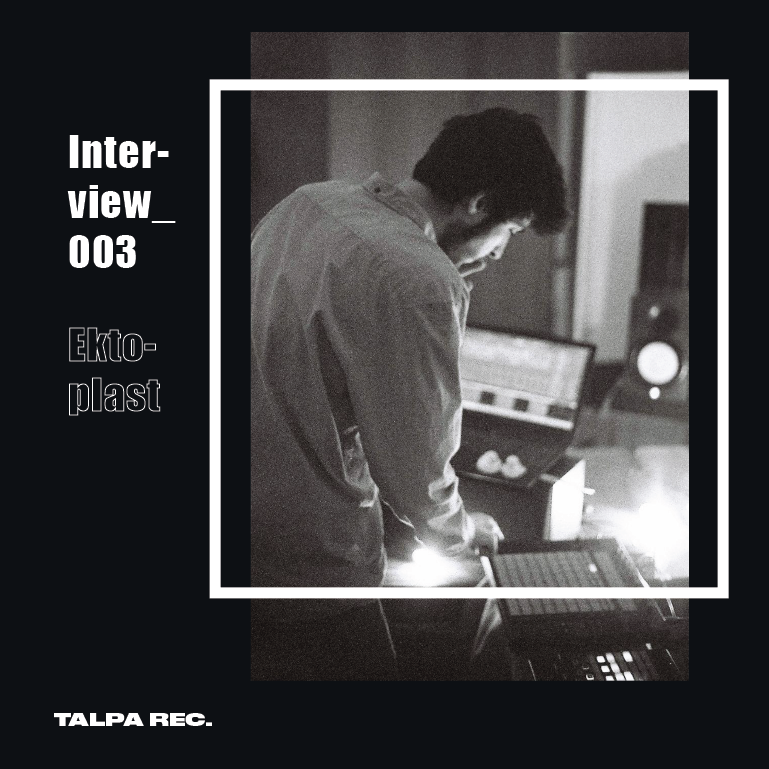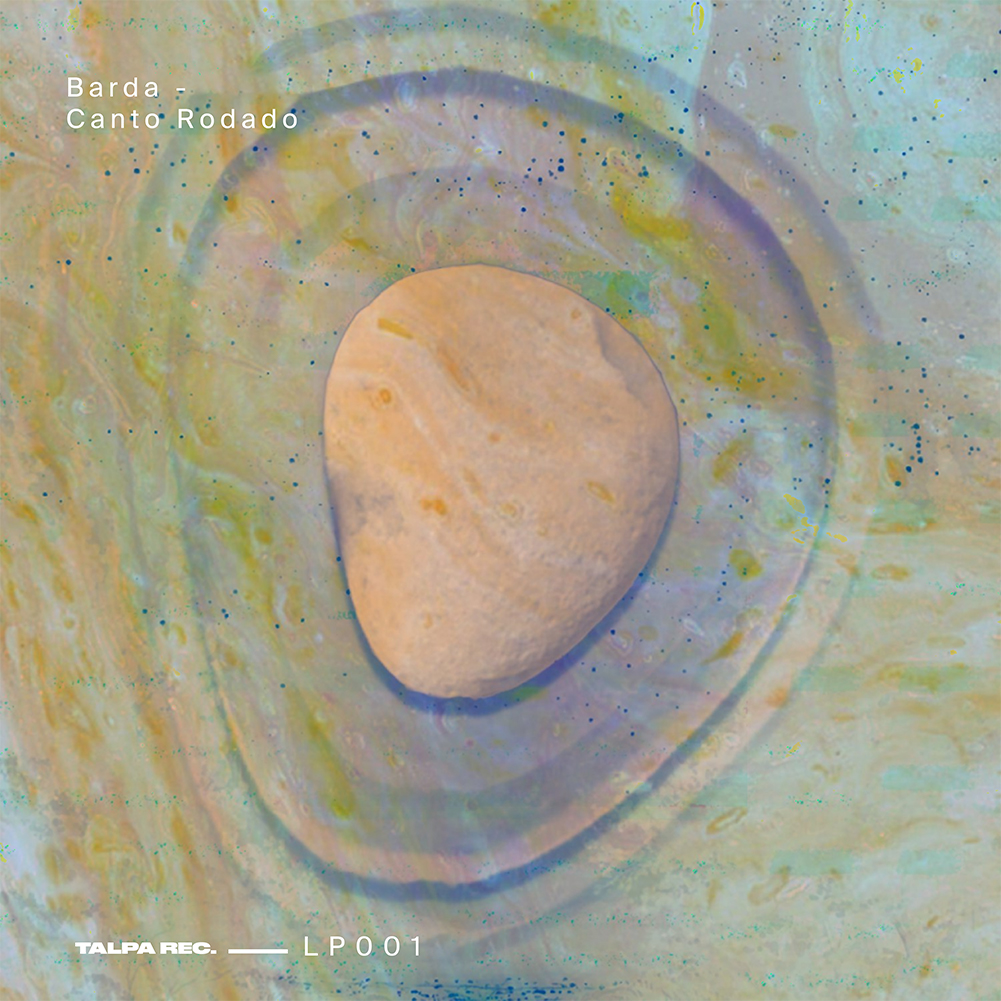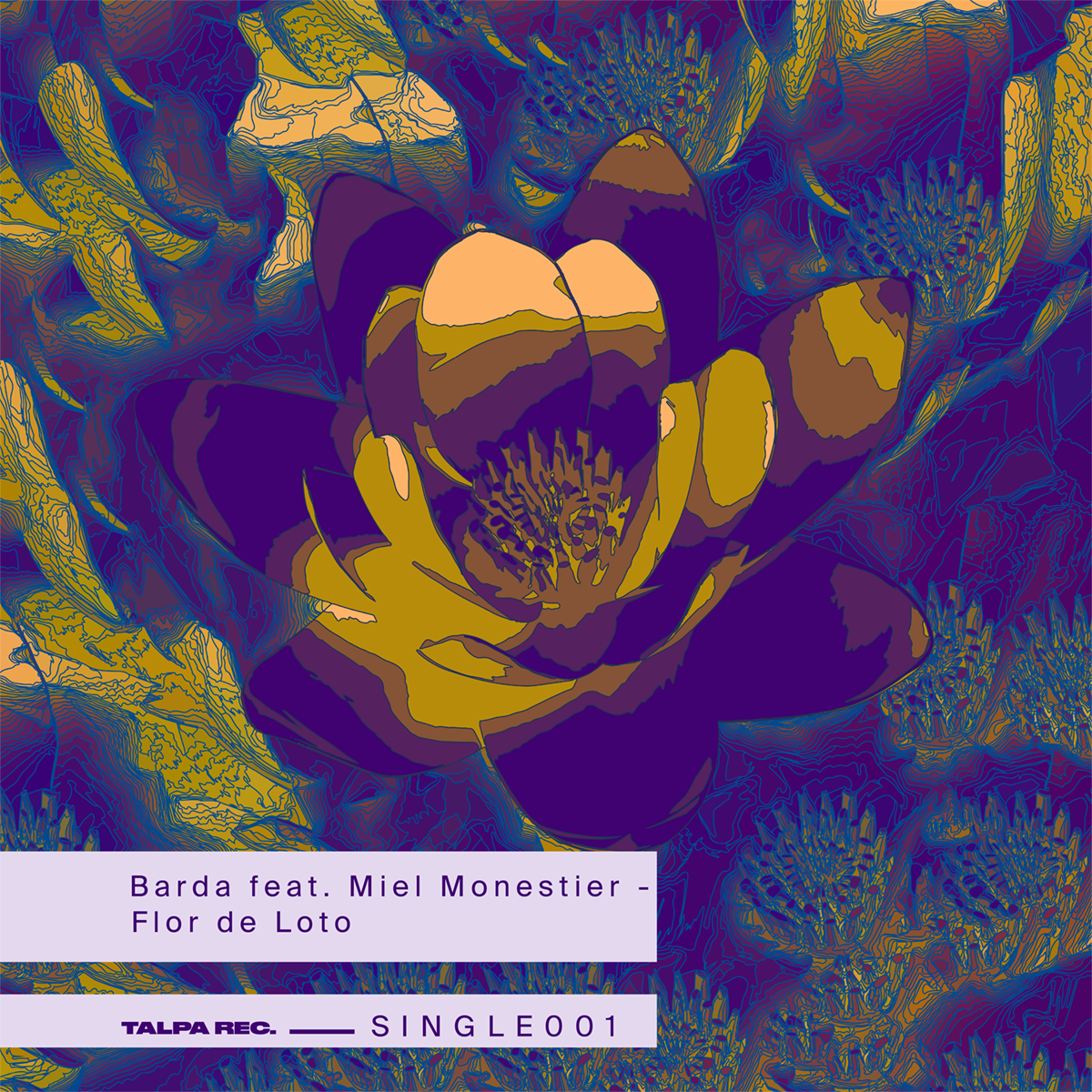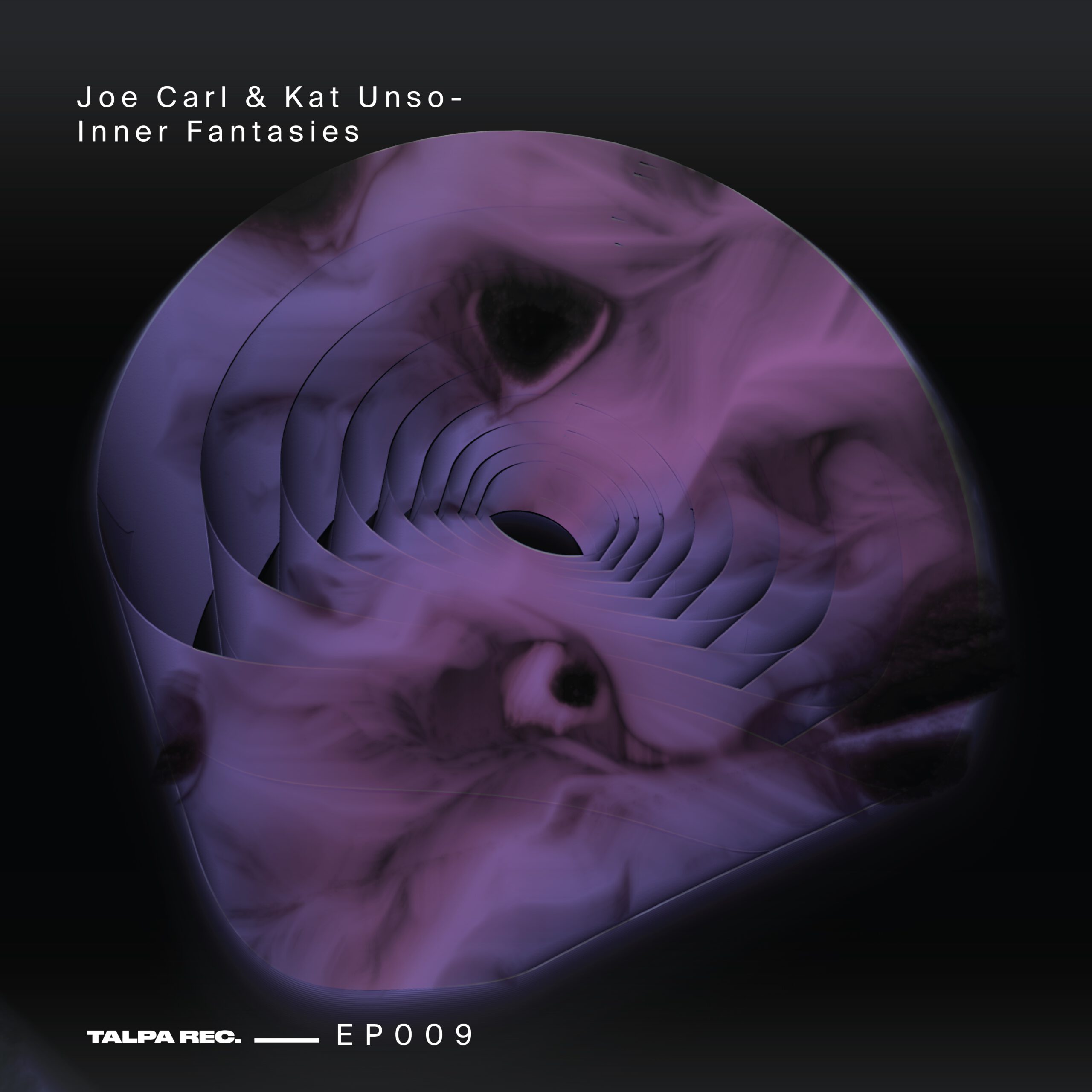
interview_002 - Barda
Tell us about yourself and about Barda? And the point where the two come together?
I am a musician. I’ve always played in bands. The first time I wanted to do electronic music was in 2012 when I installed Ableton. That was the point when I stopped listening only to folk and rock music. As well as Peruvian music, cumbia, Argentine folk songs. I started to develop more knowledge about sound. When I installed Ableton Live, I was able to start creating textures and imagining soundscapes. It is contradictory, that with the rigidness of Ableton live you would be able to explore unstructured textures.
Then I started doing workshops and met a lot of people in Argentina using the ‘exquisite cadavers’ technique. A technique that allows you to work freely. I work on something and then pass it on to someone else, etc. It gives a different dimension to the work. Then we started making more music and contributing to a shy ‘downtempo scene’. The music we were making was introverted, and we stayed on that path.
Music is like an escape for me. It reflects some aspects for me. I think that the music I released last year were really compositions that I feel are meaningful (I felt good when I made them and listened to them afterwards).
Barda has a history. Because it’s not a random name. I grew up in Patagonia, near the Andes and Chile. It is a kind of desert; the landscape is not mountainous (some dune structures with fauna and flora). All these dunes were called bardas. I thought of a landscape, Bardas was the place where I spent my time as a child. It is the landscape where I saw my first colors.
Why Canto Rodado? Is there a connection between you and this element? What does it say to you when you remember it, when you see it and when you touch it?
When I name my sessions, I choose random names. Before the EP, I had a track called Canto Rodado. I chose Canto Rodado because the stone suggests a story, a history. In Patagonia, there are many Canto Rodados near the river. You can’t find other stones.
This last summer, there was a solar eclipse, exactly where I grew up. There was a festival. People were telling me that they were looking for these special rocks for a Temescal. You need basalt rocks. Because they don’t explode. Near the Lanin volcano. This information added another layer to the meaning.
What is the LP supposed to tell us?
The tracks that ended up in this LP are in their place to be. They act as a context for each other, and each track has a mood. I hope that people who listen to this LP, find a moment, a place to be, where something happens.
Top down / bottom up?
The album was compiled from the top down rather than the bottom up. If you put a lot of thought into building it from the bottom up, especially the concept, one can easily get frustrated. It’s very difficult. Composing on the computer has allowed me to leave room for mistakes, surprises, and sonic things that you can’t anticipate when you’re making a collage of sounds. There are molecular relationships between all the pieces, which is due to the fact that, with the exception of Flor de Loto, they were all composed in the same period.
What else do you carry within you? And what have you just added to your musical baggage?
Argentina has a lot of subcultures. I could say that maybe there is a lot of diversity in my music. I don’t see only rock in my music. But I use sometimes some modern progressions of stoner rock, stoner, Andean music, candombe ..etc.
Listen to the latest LP by Barda


